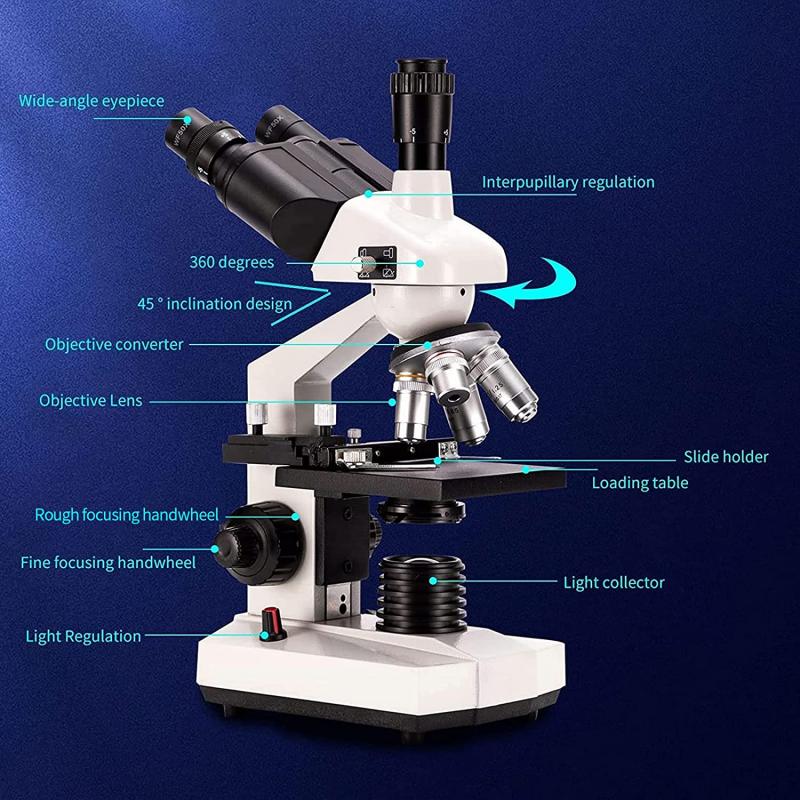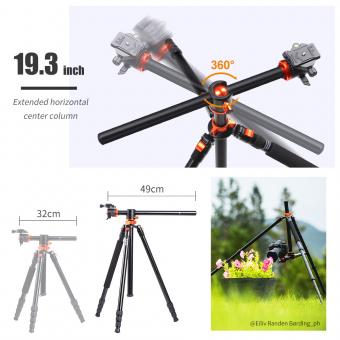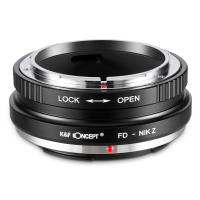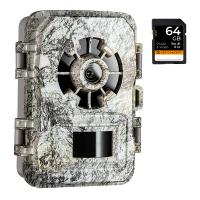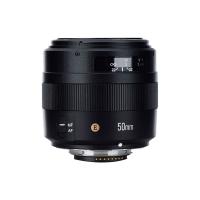Which Microscope To Buy ?
The choice of microscope depends on your specific needs and requirements. There are several types of microscopes available, including compound microscopes, stereo microscopes, digital microscopes, and electron microscopes. Compound microscopes are commonly used for observing small, transparent specimens, while stereo microscopes are suitable for examining larger objects in three dimensions. Digital microscopes offer the advantage of capturing images and videos directly to a computer. Electron microscopes, on the other hand, provide extremely high magnification and resolution for studying the ultrastructure of samples. Consider factors such as your intended use, budget, required magnification, and desired features when deciding which microscope to buy. It may also be helpful to consult with experts or read reviews to make an informed decision.
1、 Compound Microscopes: Versatile and High Magnification for Various Applications
Compound microscopes are a popular choice for various applications due to their versatility and high magnification capabilities. These microscopes are commonly used in scientific research, medical laboratories, educational institutions, and industrial settings. When considering which microscope to buy, there are several factors to consider.
Firstly, it is important to determine the intended use of the microscope. Different applications may require specific features or magnification levels. For example, if the microscope will be used for biological research, a compound microscope with high magnification capabilities and a range of objective lenses would be ideal. On the other hand, if the microscope will be used for educational purposes, a more affordable option with lower magnification may be sufficient.
Additionally, it is important to consider the quality and durability of the microscope. Investing in a reputable brand and a well-built microscope will ensure accurate and reliable results. It is also worth considering the availability of replacement parts and accessories, as well as the manufacturer's warranty.
Furthermore, advancements in technology have led to the development of digital compound microscopes. These microscopes have built-in cameras and allow for easy image capture and analysis. They are particularly useful in fields such as pathology, where documentation and sharing of images are essential.
In conclusion, when deciding which microscope to buy, it is crucial to consider the intended use, quality, and technological advancements. Compound microscopes offer versatility and high magnification capabilities, making them suitable for a wide range of applications. By carefully considering these factors, one can make an informed decision and choose a microscope that best meets their needs.
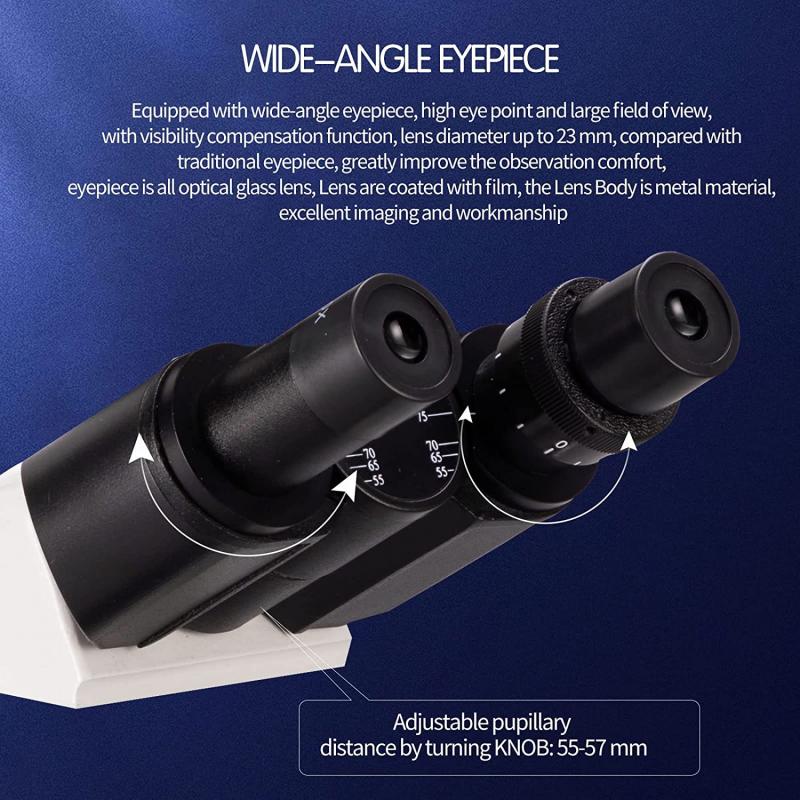
2、 Stereo Microscopes: 3D Observation and Low Magnification for Macroscopic Samples
Stereo microscopes, also known as dissecting microscopes, are an excellent choice for those looking to observe macroscopic samples in three dimensions and at low magnification. These microscopes are specifically designed to provide a clear and detailed view of larger objects that cannot be adequately observed under high magnification.
One of the key advantages of stereo microscopes is their ability to provide a three-dimensional view of the sample. This is achieved by using two separate optical paths that allow the viewer to perceive depth and spatial relationships between different parts of the sample. This feature is particularly useful for tasks such as dissection, inspection of electronic components, or examining the surface of objects.
Another benefit of stereo microscopes is their low magnification range. Unlike compound microscopes that can magnify samples hundreds or even thousands of times, stereo microscopes typically offer magnification levels ranging from 5x to 100x. This makes them ideal for observing larger objects without sacrificing clarity or field of view.
When considering which stereo microscope to buy, it is important to take into account the specific requirements of your intended applications. Factors such as working distance, illumination options, and the ability to attach cameras or other accessories should be considered. Additionally, it is worth noting that some stereo microscopes offer advanced features such as zoom capabilities or polarized light for enhanced sample visualization.
In terms of the latest point of view, advancements in technology have led to the development of digital stereo microscopes. These microscopes integrate digital cameras and software, allowing for real-time imaging, image capture, and analysis. This can be particularly useful for documentation, sharing findings, or conducting measurements.
In conclusion, stereo microscopes are an excellent choice for those needing to observe macroscopic samples in three dimensions and at low magnification. They offer clear and detailed views of larger objects, making them suitable for a wide range of applications. When deciding which stereo microscope to buy, it is important to consider specific requirements and the latest advancements in technology.

3、 Digital Microscopes: Integrated Cameras and Imaging Capabilities for Documentation
Digital microscopes with integrated cameras and imaging capabilities are an excellent choice for those looking to document their observations. These microscopes offer the convenience of capturing images and videos directly through the microscope, eliminating the need for additional equipment.
When considering which digital microscope to buy, there are a few factors to consider. Firstly, the resolution of the integrated camera is crucial for obtaining high-quality images. Look for a microscope with a camera that offers a high megapixel count to ensure clear and detailed images.
Another important consideration is the software that comes with the microscope. The software should be user-friendly and provide features for image and video capture, as well as basic editing capabilities. Some microscopes even offer advanced features like measurement tools and image stitching, which can be beneficial for more specialized applications.
Additionally, it is essential to consider the connectivity options of the microscope. Look for a microscope that offers USB or HDMI connectivity, as this will allow for easy transfer of images and videos to a computer or other devices.
Lastly, it is worth considering the overall build quality and durability of the microscope. Look for a microscope that is well-built and sturdy, as this will ensure longevity and reliability.
In terms of the latest point of view, advancements in digital microscopy have led to the development of more compact and portable digital microscopes. These microscopes offer the convenience of being easily transported and used in various settings. Additionally, some digital microscopes now come with Wi-Fi connectivity, allowing for wireless image transfer and remote viewing on smartphones or tablets.
In conclusion, when looking to buy a digital microscope with integrated cameras and imaging capabilities, it is important to consider factors such as camera resolution, software features, connectivity options, and build quality. Keeping up with the latest advancements in digital microscopy can also help in making an informed decision.
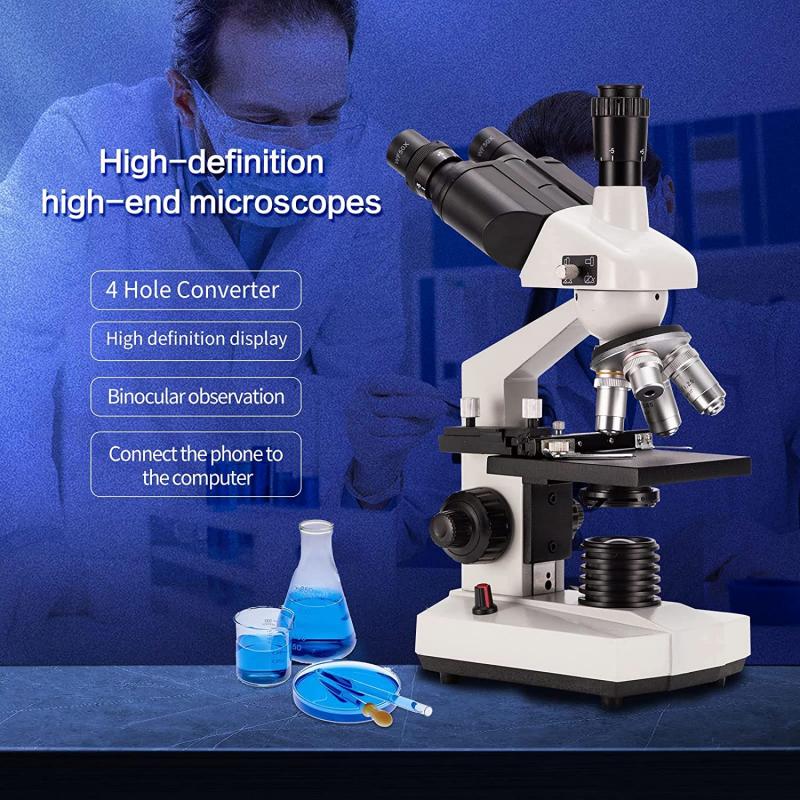
4、 Electron Microscopes: Ultra-High Resolution Imaging for Nanoscale Samples
Which microscope to buy depends on your specific needs and requirements. If you are looking for ultra-high resolution imaging for nanoscale samples, an electron microscope would be the ideal choice. Electron microscopes use a beam of electrons instead of light to magnify the sample, allowing for much higher resolution imaging compared to traditional light microscopes.
There are two main types of electron microscopes: transmission electron microscopes (TEM) and scanning electron microscopes (SEM). TEMs are used to study the internal structure of samples by transmitting electrons through the sample, while SEMs provide detailed surface imaging by scanning the sample with a focused electron beam.
When considering which electron microscope to buy, it is important to consider factors such as resolution, magnification range, ease of use, and cost. The latest advancements in electron microscopy technology have led to the development of aberration-corrected electron microscopes, which offer even higher resolution imaging capabilities.
Additionally, some electron microscopes now come equipped with advanced features such as energy-dispersive X-ray spectroscopy (EDS) for elemental analysis and electron backscatter diffraction (EBSD) for crystallographic information. These features can be valuable for researchers in various fields, including materials science, nanotechnology, and biology.
It is also worth considering the level of support and training available from the microscope manufacturer or supplier. Electron microscopy can be a complex technique, and having access to expert support can greatly enhance your experience and results.
Ultimately, the decision of which electron microscope to buy should be based on your specific research needs, budget, and available resources. Consulting with experts in the field and comparing different models and specifications will help you make an informed decision.
